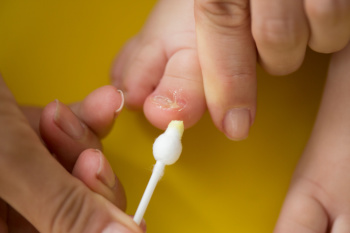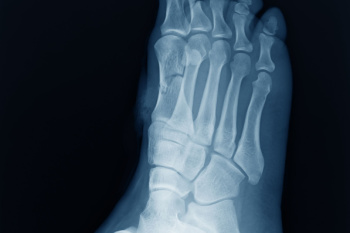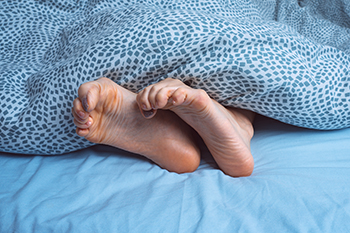
Sore feet can be caused by various factors, including wearing high heels, ill-fitting shoes, and standing for long durations. Pregnancy, flat feet, diabetes, and calluses are other factors. High heels, especially those over two inches, can distort the natural shape of the foot and affect balance, which leads to pain and an increased risk of fractures and ankle sprains. Ill-fitting shoes, whether too tight or too narrow, can irritate the feet, resulting in pain and inflammation. Pregnant women often experience foot pain caused by increased body weight and shifts in their center of gravity. Standing for extended periods of time can result in sore feet, swelling, and inflammation because of the excessive pressure placed on joints and muscles. People with flat feet lack the natural arch that provides support which can lead to sore feet. Lastly, calluses, which are hardened skin areas from stress or pressure, can be painful and inhibit normal walking. A chiropodist can help diagnose and treat these issues, offering relief and improving foot health. If you regularly experience sore feet, it is suggested that you schedule an appointment with a chiropodist.
Foot pain is a common problem treated by chiropodists. If you have foot pain, please consult with one of the specialists from Thornhill Foot Clinic. Our chiropodists can help you maintain the health of your lower limbs and your mobility.
When you are experiencing foot pain, it’s important to note the type of pain and its location, as this can help determine a diagnosis.
Pain in the top of the foot may be caused by:
-
Stress fractures
-
Sinus tarsi syndrome
-
Extensor tendonitis
-
Tibialis anterior tendonitis
-
Gout
-
Athlete’s foot
-
Ganglion cysts
Pain in the bottom of the foot may be caused by:
-
Plantar fasciitis
-
Foot cramps
-
Tarsal tunnel syndrome
-
Plantar fibromatosis
-
Posterior tibial tendonitis
-
Stress fractures
-
Flat feet
Pain on the side of the foot may be caused by:
-
Ankle sprain
-
Cuboid syndrome
-
Peroneal tendonitis
-
Stress fractures
-
Bunions
-
Corns or calluses
-
Posterior tibial tendonitis
Heel pain may be caused by:
-
Plantar fasciitis
-
Achilles tendonitis
-
Bone spurs
-
Heel fractures
-
Retrocalcaneal bursitis
-
Sever’s disease
Pain in the toes may be caused by:
-
Gout
-
Hammertoe
-
Turf toe
-
Bunions
-
Ingrown toenails
-
Blisters
-
Arthritis
These and many more conditions can be treated by a chiropodist. If you have any questions, please feel free to contact our office located in . We offer the newest diagnostic and treatment technologies for all your foot care needs.
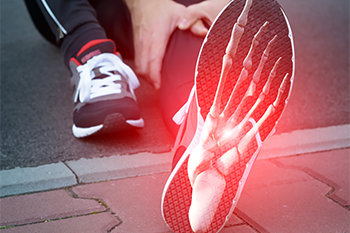
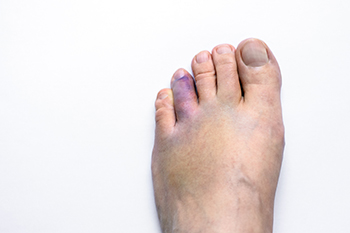 Broken toes
Broken toes